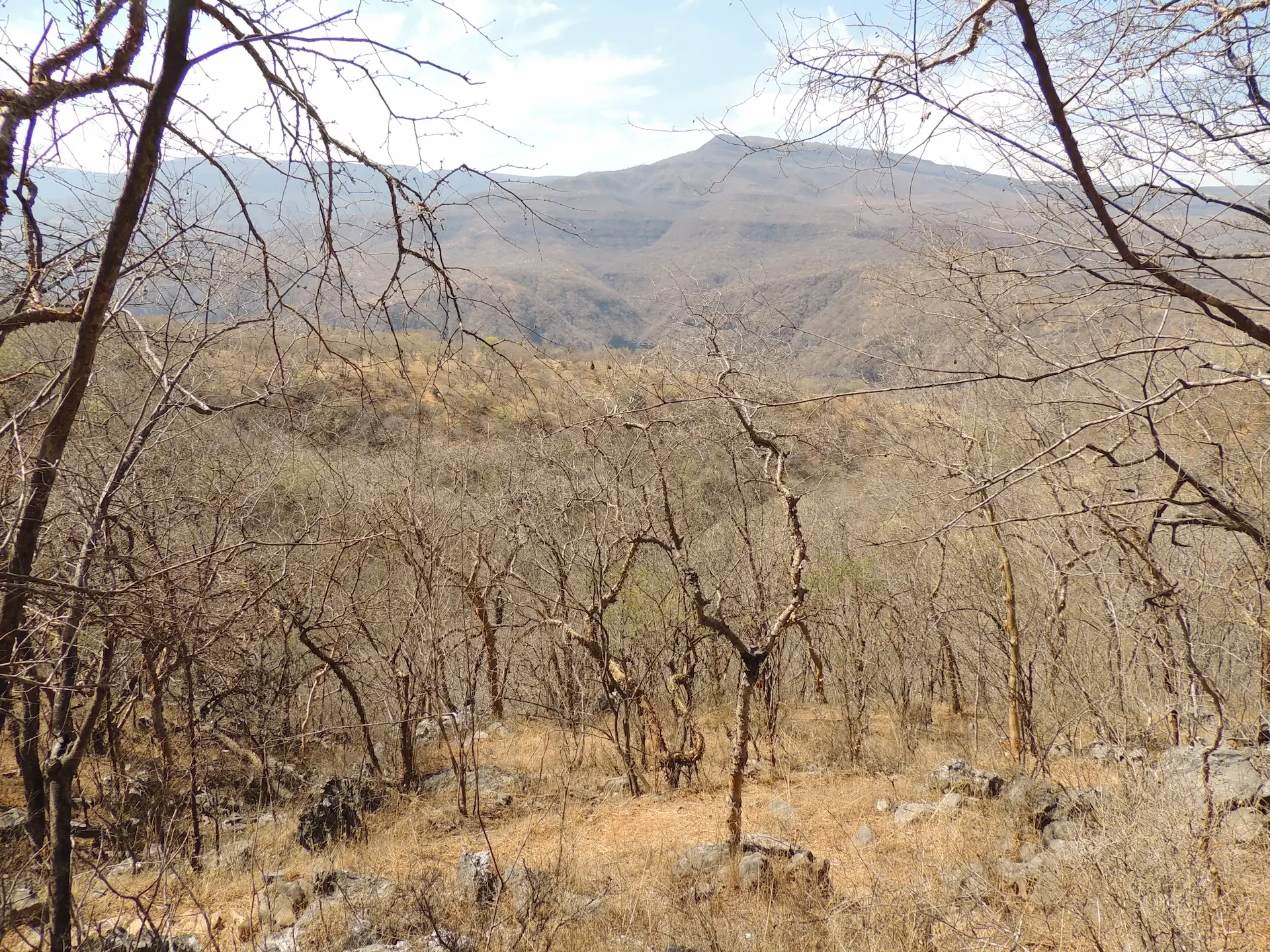The Diversity of Dhofar’s Cloud Forest
Commiphora woodland variant of the endemic Terminalia dhofarica cloud forest, Jabal Qamar, Dhofar
I'm excited to share some of our recent work on the incredible cloud forests of the Jabal Qamar mountain range in Oman's Dhofar region. For a long time, we've known these forests are special, but our new study aimed to dive deeper, to really understand the subtle differences in the vegetation and the unique factors that shape them.
The goal was simple - we wanted to create a detailed map of the forest's different "personalities" and figure out what makes each one tick. To do this, my colleagues and I put on our hiking boots and spent time in the field, then used a lot of data and some fancy statistics back at our desks. We ran a series of analyses to identify distinct groups of plant species and see how they were connected to their environment.
Our hard work paid off, and we were thrilled to identify six brand-new variants of the Terminalia cloud forest! From the dense Cadia purpurea-Olea europaea forest to the more scattered Jatropha dhofarica-Zygocarpum dhofarense sparse woodland, each variant has its own unique mix of plants. We also found a seventh variant, the broad-leaved Blepharispermum hirtum shrubland, which had been previously described.
So, what's causing these differences? It turns out it's a mix of complex topography, how the monsoon fog settles across the landscape, and unfortunately, human activity. We found that some of these variants are a result of our own impact on the environment, while others are simply a product of nature's subtle variations in fog density and the lay of the land.
The best part about this research is that it's not just for the textbooks. By understanding these distinct forest types, we've given conservationists a powerful new tool. Now, they can more easily identify and prioritize these unique habitats for protection. It’s a huge step forward in making sure these beautiful and critically important cloud forests are preserved for future generations.
Read more: https://doi.org/10.1127/phyto%2F2020%2F0370

